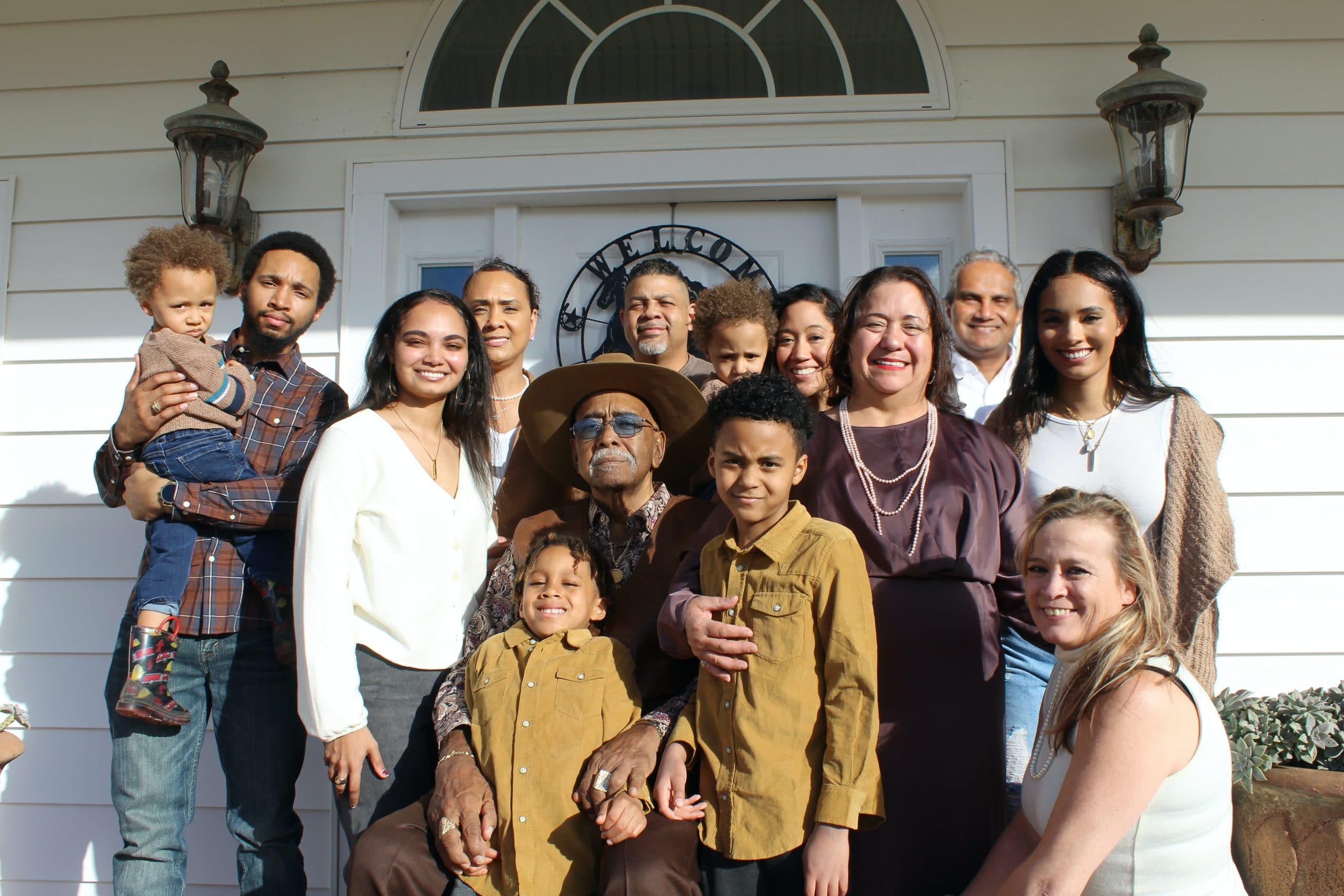As mass layoffs and furloughs rippled through the American economy in the spring of 2020, two immediate crises emerged: millions of people had newly lost their health insurance during a pandemic, and millions had no rent or mortgage payment beyond their next month. While our tenuous housing issue has a lot to do with how Americans approach money (how little we save–7.5% of our income before the pandemic–and how much debt we just assume is “normal”), there are also related social forces at play.
I am a textbook Millennial, one of those ne’er-do-wells that did well in school, graduated from college, then couldn’t find a decent-paying job and had to move back in with mom for several years. I and my peers were bombarded with messages of how we had failed at life because we weren’t making $65K by age 25 and married with a mortgage by 27. These and others are middle class norms many of us failed to uphold. That these norms were equated with work ethic and moral fiber should maybe come under more scrutiny…
In 2019, Bloomberg reported that the median age of first-time homebuyers had hit 33, the highest ever recorded. The median age of homebuyers generally was 47, also a record high. Millennials marry later (or not at all), have kids later (or not at all), and generally have neither the finances nor the interest to pursue the “American dream” sold after World War II.
Meanwhile, the old norms around retirement no longer apply. US life expectancy continues to rise (though statistics will undoubtedly change due to COVID-19), Social Security eligibility is pushed later as more Americans over 60 stay in the workforce, and the aging of the Baby Boomers means roughly 1 out of 5 Americans will be over 65 in 2030. Boomers will need income for a couple more decades, and besides, many of them want to work and continue to be active members of wider society. Senior living communities are popular, but expensive for many or uninteresting to some. More seniors would rather “age in place,” which means the need for expensive technology to provide safety and aid, unless you can afford a nurse or assistant.
Mix in divorce statistics, the growing prevalence of loneliness and mental illness, and then concerns about expensive or subpar childcare for working parents, expensive or subpar care for the elderly, wage stagnation…
My premise is twofold:
- What if the “nuclear family with two cars and a detached suburban house fenced from neighbors” model is no longer financially feasible or advantageous for growing numbers of Americans?
- And what if that’s not bad?
- And what if American Christians should be living differently anyway?
Hear me out. Though we’re saturated with images of material success derived from post-WWII, for millennia, human beings have lived in multigenerational homes, and in most places, in enmeshed neighborhoods, villages, or communities. While this lifestyle comes with drawbacks such as loss of privacy, the benefits include more emotional and practical support, sharing of resources, more hands to do shared work, and the sharing of costs. This approach comes with built-in babysitters, heavy furniture-movers, dinner-sharers, and company to chat or play games with. Clothes washer broke? Split the cost of a new one four or five ways. If you’re an older person without a driver’s license, it comes with free rides to the doctor or your friend’s house. If you’re a 42-year-old divorcee or widow, it comes with a trustworthy support community.
Rethinking housing can potentially better position Christians to care for the poor, the sick, and the lonely; to do a better job of including single people, young adults, and the elderly; and to loosen the grip of materialism.
There are multiple ways to rethink our housing model. Cohousing is a Danish system where residents have private living spaces like bedrooms, bathrooms, and small kitchens, but share facilities like an industrial-size kitchen, communal dining room, laundry room, and sometimes amenities like a pool or vegetable garden. Cohousing requires that each resident put in a certain number of hours working for the community, whether that’s making dinner or cleaning common areas. It fosters a sense of belonging, social support, and security. This model as-is does not necessarily solve the housing cost problem, but can inspire a model that would work for more income levels.
On a much simpler scale, older people with multiple-bedroom houses could be renting to recent college graduates working their first job, with the benefits of added income for the former, cheap rent for the latter, and an eye-opening relationship for both. Young families could move in together in duplexes or quadplexes, even including their parents, siblings, or friends from church. Single friends in their 30s and beyond could be renting or buying homes together instead of paying 30-50% more (I’m guessing) renting apartments in buildings of 300 strangers. Communities could be sharing cars, lawnmowers, washers and dryers, and even vacuum cleaners (an idea I first ran into in this book.)
If you’re a Christian, this rethinking of personal space and private possessions may hearken back to the early Church described in Acts (e.g. Acts 4:32-35). A lifestyle change like this can certainly free up resources to be invested in causes outside of our own comfort. It also prods us into a more volatile and vulnerable space of sharing, nurturing, patience, maturity, forgiveness, and grace. It pays dividends in peace, love, comfort, and help. It provides accountability and spiritual support. And no one has to face abuse, cancer, job loss, tragedy, or addiction alone.
Rethinking housing can potentially better position Christians to care for the poor, the sick, and the lonely; to do a better job of including single people, young adults, and the elderly; and to loosen the grip of materialism.
Have I made any such steps in my own life? Not yet. But I am open to exploring this idea, and I hope I’ve piqued your curiosity, too.
Reality Changing Observations:
1. What are the benefits of living in a multigenerational home or community at each life stage?
2. What are the greatest barriers in the way of changing our lifestyle? How much of it is releasing expectations, and how much is true difficulty?
3. How do you envision families and homes in 2050? What current realities and trends are moving us there?






